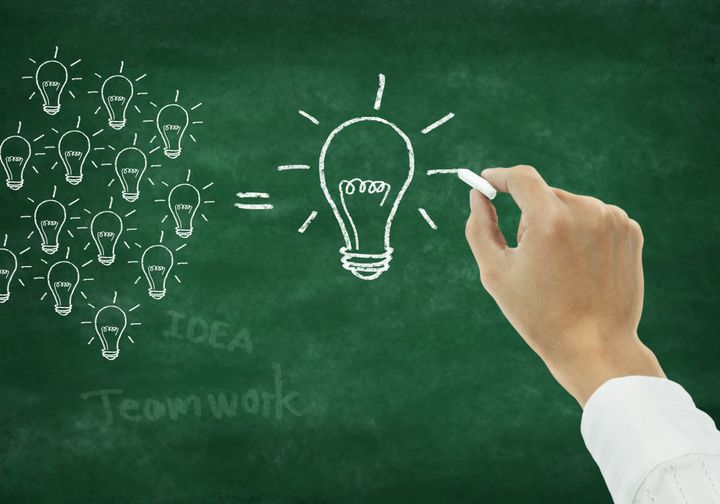
The term "academic exercise" has long had a pejorative meaning, as something with little or no relevance to the world beyond academe. But the current generation of students -- the millennials -- seem to view the academic exercise with even greater disdain, not even worthy of their attention, regardless of its pedagogical value or intellectual merit. I have seen this first-hand in the classes I teach. Over the years, I have watched students drift off if I lectured for more than the typical time span of a television program between commercial breaks. And I have witnessed students zone out when I would give them a made-up situation, especially if it had little or no bearing on what they saw happening in the world around them.
Of course, the students would do the work I asked of them; they hadn't gotten into a competitive college in a major research university by shrugging off assignments, however bored they might be. I could tell, though, by the look in their eye that they had zero interest in doing pointless projects just to get a grade, and their assessments of my classes at the end of the semester reiterated what I already knew: the academic exercise has come to an end.
I decided to do two things with my class as a result. First, I no longer lecture and so no longer have to work to keep their attention in class. Instead, I have taped all my lectures, which my students can watch online on their own time, and we spend class time engaged in discussions and debate, with my students talking as much among themselves as with me and with them presenting to their classmates as much as I do. No one drifts off any more; the level of interaction in class makes that impossible.
Second, I have the students working on actual projects in the local community, within the real constraints of each situation. They work largely in teams, learning how to divvy up the assignment and work together in order to complete a project -- all skills that they will need in the increasingly collaborative work world they will soon enter. And they present their work as concisely, clearly and convincingly as possible to those members of the community responsible for or concerned about each project. The excitement I now see on my students' faces -- and their obvious pleasure when their proposals get taken seriously by the community members reviewing their work -- makes it hard for me to imagine ever going back to the old ways of teaching.
I realize that such reality-based exercises come easier in my field -- architecture -- than they might in a less applied discipline, and I know that colleges like mine in a large city have the advantage of proximity to diverse communities not possible in small college towns. Still, I think "actual exercises" -- as opposed to the academic ones -- exist everywhere and that even the most recondite disciplines in the most remote locations have found ways of applying knowledge to real-world problems. And why wouldn't we want to connect the education of students with the needs of communities? Students appear to remember knowledge best when they have to apply it and universities seem to demonstrate their value best when they make a tangible difference in the communities in which they stand and the constituencies upon whom they depend.
This becomes clear when you begin to map this work and the impact it has on particular places. The Geodesign Summits that have occurred at Esri over the last few years -- with the next one scheduled in Redlands, California, January 24-25, 2013 -- have shown how much the "actual" exercises of students and faculty have begun to engage and help empower communities as never before. This has involved a lot of old-fashioned fieldwork. But new digital tools, like GIS, have also enabled it, giving people access to once-inaccessible data and allowing them to use that information in transformative ways.
Colleges and universities across the country have begun to make such public engagement a core part of the educational experience, with students from almost every discipline involved in off-campus projects, applying in the community what they have learned in the classroom. At my own institution, we are establishing an institution-wide competition in which students will receive prizes for the most useful, revealing, or provocative "maps" of their disciplines, with the goal of making knowledge, too often buried in academic libraries or rendered in esoteric jargon, more accessible and understandable to the public.
Such efforts simply scratch the surface of possibilities. The millennial generation does not just want to address real problems and engage in relevant projects; it also seems eager to co-create with the faculty new ways of discovering and delivering knowledge. The more educators harness this energy and direct it toward constructive ends, the more our students will learn and ultimately, the better our world will be.
Thomas Fisher is Dean of the College of Design at the University of Minnesota.
